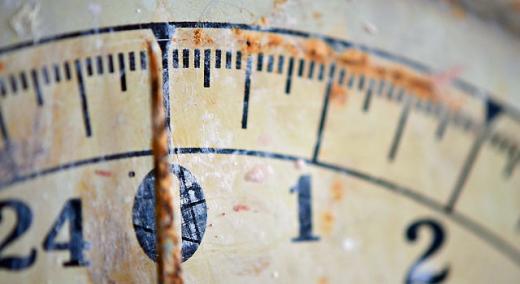"Zero" Credit: MTSOfan
Traditional statistical methods for computing the process performance index (Ppk) and control limits for process-control purposes assume that measurements are available for all items or parts. If, however, the critical-to-quality (CTQ) characteristic is something undesirable, such as a trace impurity, trace contaminant, or pollutant, the instrument or gauge may have a lower detection limit (LDL) below which it cannot measure the characteristic. When this is the case, a measurement of zero or “not detected” does not mean zero; it means that the measurement is somewhere between zero and the LDL.
|
ADVERTISEMENT |
If the statistical distribution is known and is unlikely to be a normal (i.e., bell curve) distribution, we can nonetheless fit the distribution’s parameters by means of maximum likelihood estimation (MLE). This is how Statgraphics handles censored data, i.e., data sets for which all the measurements are not available, and the process can even be done with Microsoft Excel’s Solver feature. Goodness-of-fit tests can be performed to test the distributional fit, whereupon we can calculate the process performance index Ppk and set up a control chart for the characteristic in question.
…

Comments
Detection Limit Concepts Presentation
This link leads to a presentation that provides a broad view of detection limit concepts and related data practices.
http://www.ssp-pgh.org/detecting-the-detection-limit-2020/
SSP Technical ProgramThomas (Tom) J. Bzik, Versum Materials, Inc.
“Detecting the Detection Limit”
Add new comment